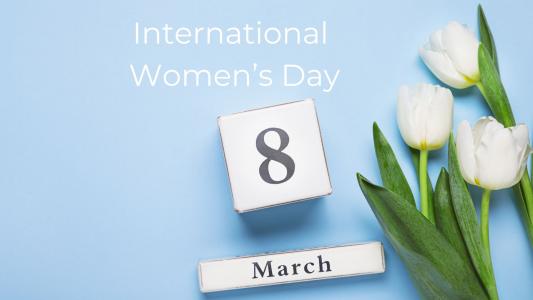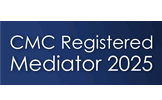
All About People
Need help to resolve your business, personal or employee conflicts & disputes?
Stay up to date with our latest news and workshops.

This blog draws from conversations with Christine Ourmieres-Wiedener, Senior Airline Executive and Non – Executive Director and Samantha Burroughes, HR Global Business Partner at Allergy Therapeutics, alongside other industry leaders, incorporating their personal stories and reflections on how women confront and shape conflict.
Women in leadership often find themselves in conflict situations not because they seek them out, but because they are natural guardians of compliance, performance, and fairness. Christine emphasised that women are often built to protect their teams and will fight for what is right. However, in male-dominated industries, female leaders must balance this protective instinct with managing some historic pre-conceptions that they are ‘too emotional or confrontational’.
One of the most striking reflections came from Samantha, who recounted her experience in a heavily male-dominated environment. Working for one of the emergency services, she was confronted with overt bias when a firefighter challenged the idea of female recruits by asking, ‘Do you think you can carry me out of a burning building?’ Her response was both disarming and strategic: rather than engaging in a defensive argument, she highlighted the broader skills required for the job—communication, crisis management, and empathy. This shifted the conversation from physical capability to a more holistic understanding of the role, demonstrating how women often have to reframe conflict to be taken seriously.
Similarly, Samantha also shared an instance in which she was labelled an ‘alpha female’ simply for holding firm on an ethical decision in a male-dominated corporate environment. This term, often used pejoratively, revealed an underlying discomfort with a woman displaying the same resilience and conviction expected of male leaders.
Beyond the workplace, women face significant barriers in political and international conflict resolution. Christine noted, geographically, the further south in Europe one goes, the more pronounced gendered expectations become. Women often face systemic exclusion from leadership roles in peacebuilding due to patriarchal norms and a lack of safe environments for activism.
Despite these challenges, women are powerful agents of conflict resolution. Whether in boardrooms or political arenas, they bring unique strengths to negotiation and peacebuilding. Women tend to prioritise long-term stability, inclusivity, and community-based solutions.
Samantha encapsulated this as, ‘Women’s courage in conflict is not just about words—it’s about action.’ Women are not only speaking up; they are reshaping the way conflict is managed and resolved, advocating for approaches that are more balanced, fair, and sustainable.
So how can women navigate conflict effectively while staying true to their values? Here are some key strategies:
‘Women and girls cannot be what they cannot see’ – Christine Ourmieres-Wiedener
Conflict is an inevitable part of professional life and life in general, but women continue to demonstrate resilience, intelligence, and strategic acumen in navigating these challenges. By challenging outdated biases, leveraging their unique strengths, and supporting one another, women are not just participating in conflict resolution—they are redefining it. As Christine highlighted above, women need to be part of the change for the next generation, continuing to challenge pre-conceptions and reshape how conflict is understood and resolved. As we continue to celebrate International Women’s Day over the coming year, let us recognise and empower the women who turn conflict into an opportunity for progress and change.
Posted: 20th March 2025

Strategic Advice and Guidance for you and your organisation. Our accreditations:




Stay up to date with our latest news and workshops.